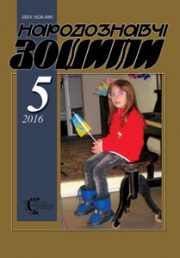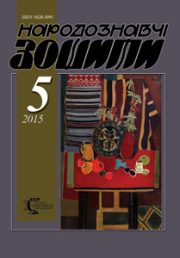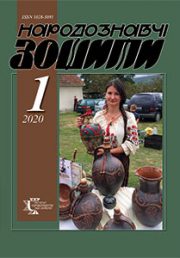Art at the Service of Charity
Maryana Levytska
Art at the Service of Charity. Appearance of a new Social Practices. (Art Exhibition of the 1847th in Lviv to Benefit the Poor)
The awareness of keen social responsibility for the fate of the poor, the orphans and the handicapped became an important achievement of the Enlightenment. The authority of the church in the matters of charity remained strong enough during the 19th century. At the same time there appeared new secularized charity practices . Spreading of charitable activities in the 19th century took place mainly in the cities. The goal of Charity societies was the liquidation or limitation of the most awful examples of misery and the begging practices. Great European cities in the 19-th century had different institutions for the blind, the deaf and the dumb, boarding schools for the orphans, schools for poor children. Part of the funds for these needs was given from the city budget, part of these funds was raised by private foundations. For example, the 19th century Krakow was the city in the Central Europe that had a lot of charity foundations. On the whole, this “Fashion for charity” was wide spread in the middle of the 19th century. It was the responsibility of women from rich aristocratic or burgher families. They organized different gala balls, celebrations and lotteries which were meant for the needy.








Leave a Reply
You must be logged in to post a comment.